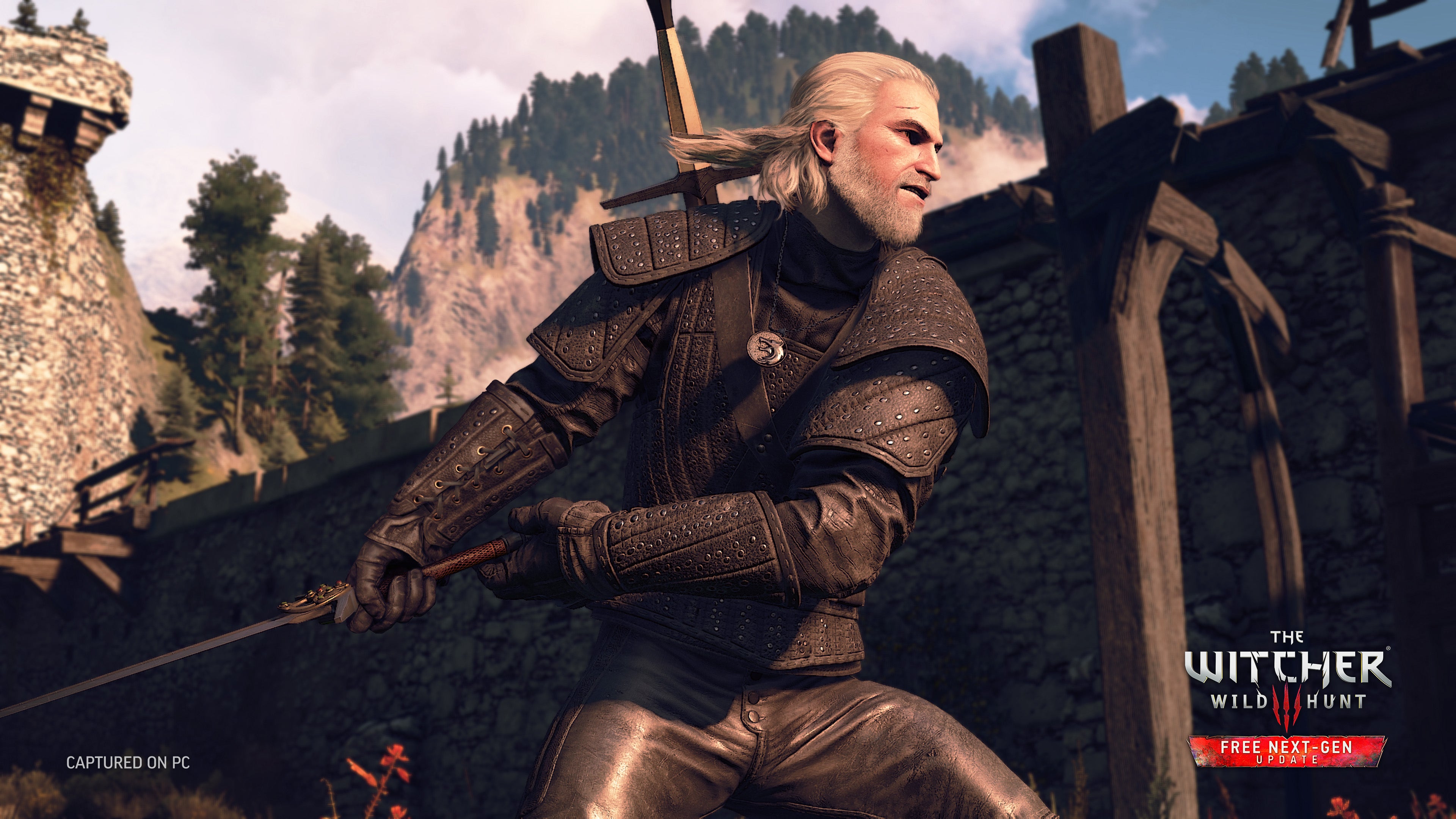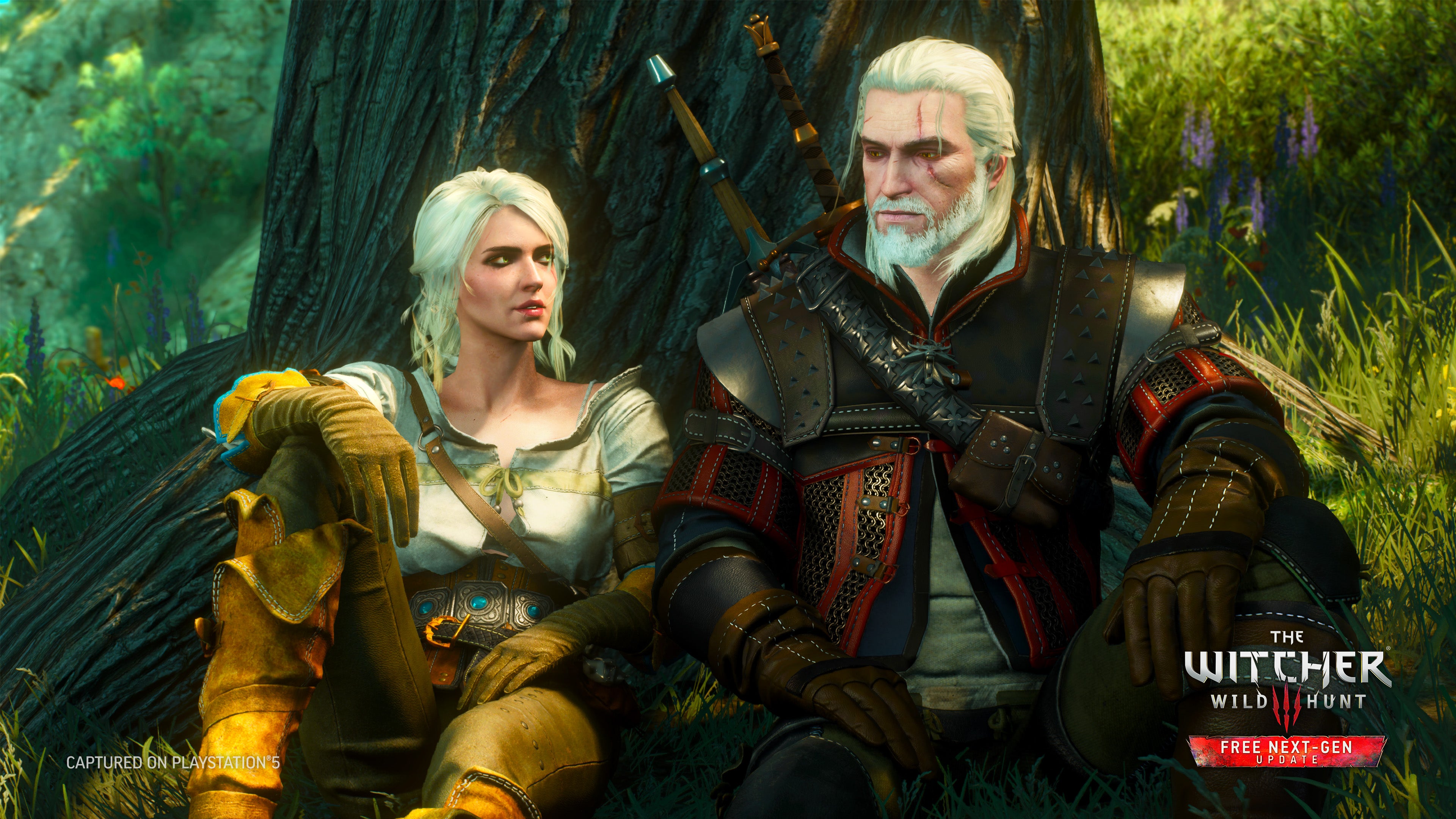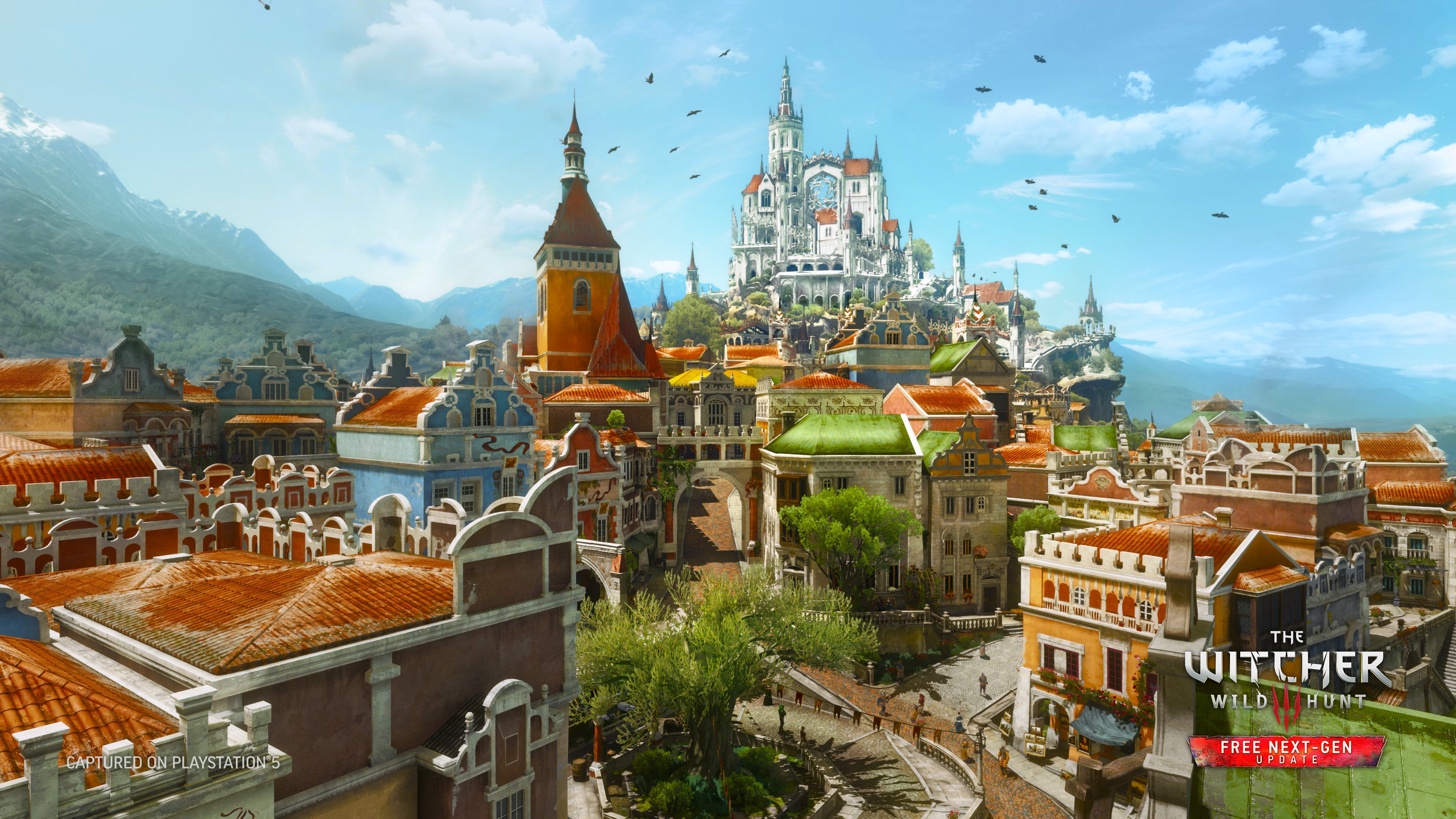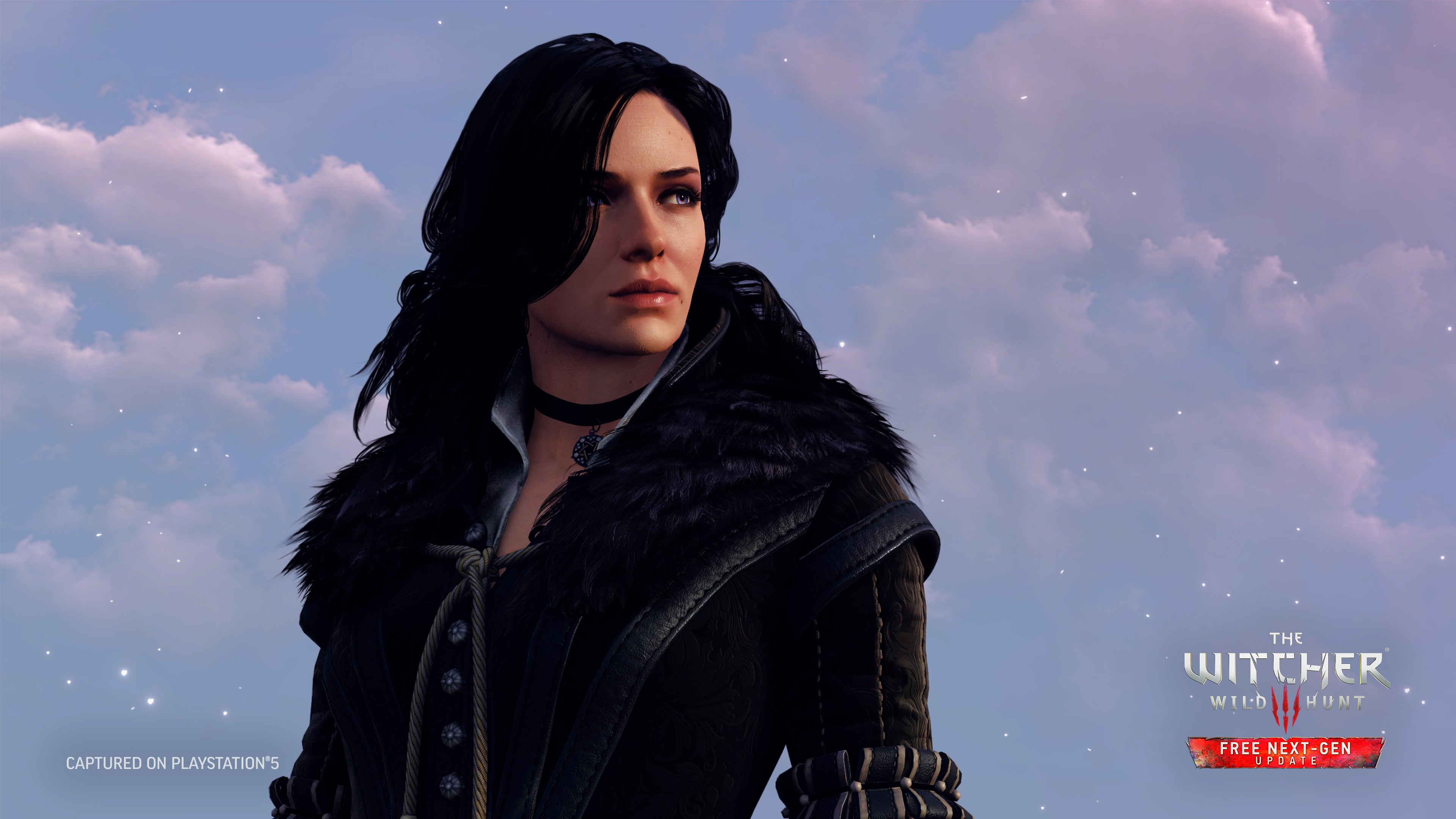But this patch isn’t really more than a palette cleanser for the studio; what becomes apparent after spending a few hours with the next-gen update is there isn’t a great deal to it. And I don’t say that to trash it: what’s there is more generous than I’d imagined a next-gen update would be - there are quality of life and content additions that go above and beyond what I originally expected and, I think, what the studio expected to do. But it doesn’t transform the experience, The Witcher 3 does not now suddenly feel, or look, like a new game. Honestly, it took a while to even appreciate the differences between the new Ray-Tracing and Performance modes that the update most notably brings. The studio had prepared a dozen saves across the game’s campaign and expansions so we could test it in various places - in the idyllic starter village of White Orchard, in the bustling city of Novigrad, in the stormy windswept isles of Skellige, in the saturated fantasy land of Touissant and more. But after a while, and in the right light, the differences do make themselves clear. In Ray-Tracing mode, the world seems deeper, warmer, and softer - I am not going to get technical because Tom from Digital Foundry has done that. Shadows are darker and fill the cracks and corners and edges of the world; colours are richer and bolder; foliage is soft, almost like down, when you see it swaying in the wind before you. In some respects, it’s easier to talk about what Ray-Tracing mode adds when compared with the Performance mode, which you can switch between in the menu. In Performance mode, the world feels flatter and brighter and harder, with more discernible edges - and by edges I mean those between the characters and floor, between objects and the world. Everything is more pronounced. In Ray-Tracing mode, the world blends together better, merges, and the outcome is a more believable-looking scene. It’s particularly apparent when you’re inside a darkened tavern lit by candlelight. In Performance mode, there’s bright illumination from the candle but it doesn’t seem to affect the overall light of the room much, which has a general brightness to it. In Ray-Tracing mode, the entire tavern feels as though it is lit by those candles, and there are darker shadows cloaking the unlit areas in the room. The pools of colour are warmer, more orange, and the whole scene is more atmospheric, more like a tavern scene in my mind. It’s a more evocative place to be. The major drawback to Ray-Tracing mode, however, is the frame-rate. In Ray-Tracing mode, it’s fixed at 30, whereas in Performance mode, it’s 60, and the difference is obvious and significant - especially when so close to a large screen while playing, as I was. Ray-Tracing mode feels distinctly choppy by comparison. Perhaps it wouldn’t be so noticeable if we couldn’t switch between the modes - as in the original Witcher 3 console experience - but we can and it is. In a sense, it’s frustrating, because Ray-Tracing shows me a world I want to stay in more often (with the exception of darker areas, because they’re better lit by Performance mode, though less atmospheric), but as soon as I gallop around on Roach, or run around in Novigrad, or go into combat somewhere - or do anything, really - I immediately want those extra frames. It’s particularly apparent with the new closer camera angles, which fly down over Geralt’s shoulder (you can switch between views any time). These seem to exacerbate the choppiness in Ray-Tracing mode, whereas in Performance mode, they’re a nice new way to see the world and have it feel a bit chunkier. It’s a shame there isn’t a way to get the best of both worlds in one graphical update, though I understand The Witcher 3 isn’t the only game to do this. It’s also worth pointing out that there’s more to Performance mode than 60 FPS - a frame-rate already achievable in many versions of The Witcher 3. This next-gen patch includes a lot of mods that rework HD textures, the vegetation is improved, there are new scenery backdrops and weather types, there are better shadows, the resolution is boosted - it’s an all around tidy-up. Performance mode is a great way to return to the game in its own right and, predominantly, the mode I’d play in. Another update that has a pleasing impact on play is having Signs mapped to face buttons on the controller now - well, you have to hold down a button (R2 on PS5) and then press a face button. It means you don’t have to faff with the radial menu every time you want to cast a Sign, which is quite often. It removes a layer of interference, and there are various other nips and tucks along these lines too, like removable HUD elements and filters for the world map. The new Witcher DLC, meanwhile, is nice but not worth getting too excited about. It’s one quest that’s about half-an-hour long. You go down into The Devil’s Pit, that intriguing but mostly unused place in Velen that you see after leaving White Orchard, and down into the mines there (the doors were previously closed), and there’s a bit of investigation to do, a boss fight to have, and it’s spooky and atmospheric and fun. It’s a good quest. And your reward: diagrams to make some Forgotten Witcher Wolven armour and swords, like those you’ve seen in the Netflix series. It’s good armour based around buffing your Yrden-affected damage (I didn’t get a proper look at the swords). But that’s it; it’s nothing more. Really, then, this is all about enticing you into another playthrough of The Witcher 3 this winter on a newer machine, or perhaps a first playthrough if you missed it the first time around or were too young then - it was seven years ago. And what really strikes me going back, particularly in moments like the culmination of the Bloody Baron questline, it’s how peerless this game - or rather this world - can sometimes be. I cannot think of another game that realises a medieval world as believably, as warts-and-all, as The Witcher 3 does. I’ve been besotted with it ever since I first played the game at a hands-on preview event in early 2015. It’s dirty, it’s funny, it’s brutal, it’s tender. And where other worlds can feel dressed and fake, this one feels lived in and real. It’s a spectacular achievement. Seven years later, then, you can see why CD Projekt Red is still so proud of it, and you can understand why it’s The Witcher 3 the studio is reconnecting to the world with now. It’s a crowd pleaser, and this is a crowd-pleasing update. I wonder whether Cyberpunk 2077 will play a similar role one day, but for now it doesn’t matter. Now is once more about The Witcher, both as a reminder of how splendid The Witcher 3 was, and is, and as a reminder of what the studio can do with the new Witcher saga it’s working on. And that is a very exciting future indeed. Flights and accommodation for this trip were provided by CD Projekt Red.



